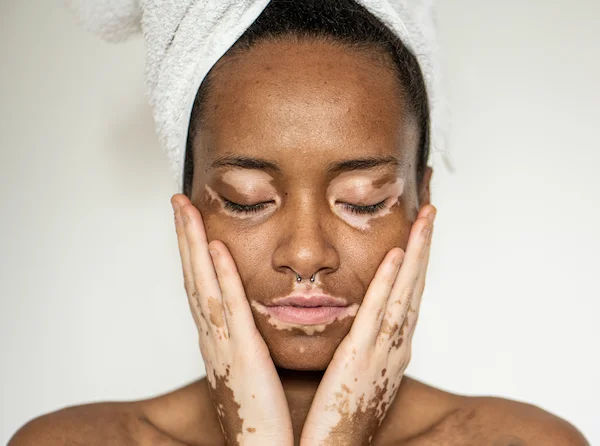- Male
- 17 Years
- 22/01/2025
I've been dealing with a case of Acute Paronychia and it seems like it's getting better. The swelling's gone down, and I managed to squeeze out a lot of pus and discharge from the abscess, which I think cleared it out. But I'm not entirely sure, 'cause some odd things are leaving me questioning. Like, I peeled off some dry skin around the swelling area and noticed there's still a bit of a bump. Should I be worried, or is this normal during recovery?
Answered by 1 Apollo Doctors
Probable diagnosis is fungal infection , candid cream for local application, once daily for 2 weeks is advised, also tab levocetrizine 10 mg at bedtime for 7 days is advised, if any allergic reactions dermat opinion is advised.
Dr. Dr Khaleel Suggests...
Consult a Dermatologist
Answered 04/07/2025
0
0

More Dermatology Health Queries
View allI'm a bit unsure about something regarding my daughter's skincare routine. You mentioned on Saturday that she should use Dermadew cream or Fairlite in the morning. But she was also told to use Clindac gel for her pimples in the morning. Should she still keep using the gel, or is it just one of the creams now? How should we be using these together?
when ever she has active acne then she can use clindac gel during bedtime,rest of the days she can contine those creams,donot use both the crames at a time.
Answered by 1 Apollo Doctors
I'm really worried because I used apple cider vinegar on my face, and it burned my skin and turned it dark brown. After about 45 days, the burned scab came off, but now there's a whitish-pink mark left on my face. I'm scared it might scar permanently. I'm a 31-year-old female, and I really need help to figure out how to deal with this. Do you think this mark will go away, or should I be doing something specific to help it heal?
That will heal no need to worry,have patience give some time,with time it will settle,use good moisturizer for nourishment.
Answered by 1 Apollo Doctors
I'm really worried about this painful bump I have. A friend of mine went to a doctor who tried to squeeze a similar boil-like thing but nothing came out and it was really painful. That doctor prescribed antibiotics and told them to use cold compresses, but I think hot compresses might be more effective. Honestly, I wasn't too impressed with the doctor's approach. Can you help me figure out what this painful, swollen bump might be?
Vist Surgeon for evaluation and appropriate management
Answered by 1 Apollo Doctors
Disclaimer: Answers on Apollo 247 are not intended to replace your doctor advice. Always seek help of a professional doctor in case of an medical emergency or ailment.


